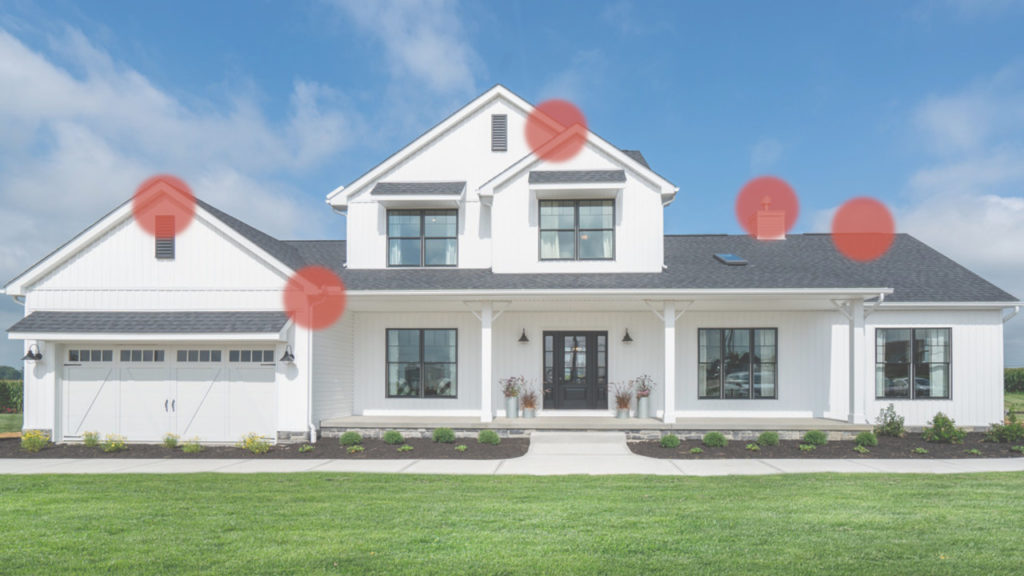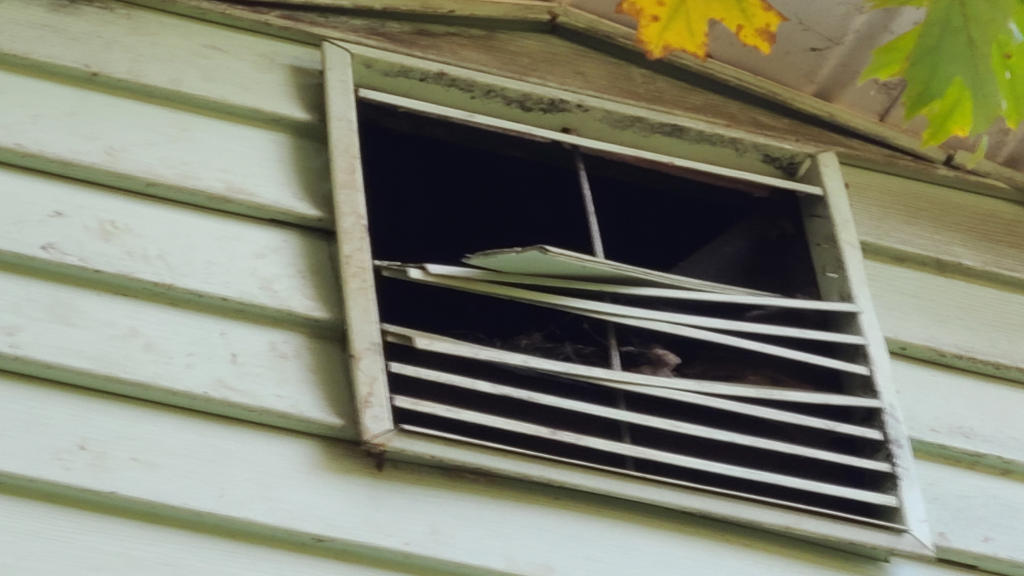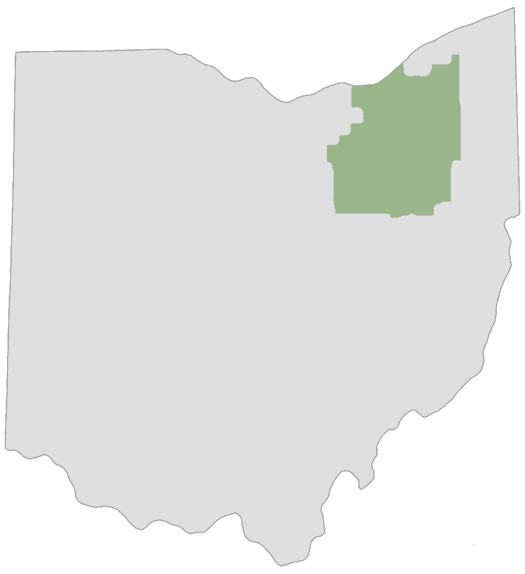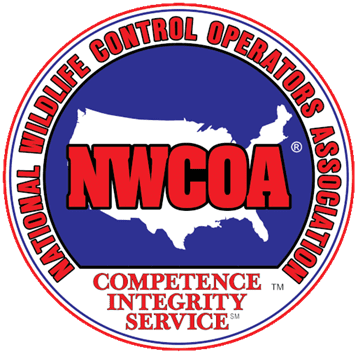Raccoons can cause a tremendous amount of damage to your home. The longer raccoons are in your home, the greater the level of damage. Understanding how to inspect for raccoons and raccoon activity in and around your home, and how to identify raccoon damage to your home, is key to preventing raccoon damage.
There are 5 key areas of your home’s exterior where raccoon activity is most often found. These are the areas of your home where a raccoon finds easy access into the attic, crawlspace, or soffit of a structure. When you inspect for raccoons you should pay close attention to these areas.

5 Areas to Inspect For Raccoons and Raccoon Activity
- Roof/Eave Returns. These are areas of your home’s exterior between the end of the roof and the home’s walls. These areas are perfect for a raccoon to make entry into a structure. They are dark, secluded areas of the roof where the raccoon can tear into the home unnoticed. In most home construction the building materials used in these areas are thin and easily pulled open.
- Gable Vents. Gable vents provide easy access for raccoons. These vents—used to ventilate the home—are easy targets for raccoons due to their lightweight construction. Once pulled open they provide direct access into the attic for raccoons, squirrels, and bats.
- Ridge Vents. Ridge vents are found on many homes, running the length of the peak—or ridge—of a home’s roof. These are typically a raised material that allow warm air to escape from the attic. Unfortunately, ridge vents are also easily pulled off by a raccoon. This allows the animal access to the attic or crawlspace directly below the roof deck.
- Chimney. It may surprise you to know that raccoons will happily live in a chimney. This most often occurs during the winter months. A warm chimney without a proper chimney cap is an inviting den location for a raccoon or family of raccoons. Inspect your chimney to ensure it is properly capped and that the cap is still in place.
- Soffits and Downspouts. The bend at the top of a gutter downspout is an ideal spot for a raccoon to sit while it tears it’s way into the soffit of your home. Raccoons will also climb downspouts to reach the roof, leaving scratches and a trail of muddy tracks as evidence. From the edge of the roof they can reach down to tear open a soffit to gain easy access into the home’s walls or attic.

Other Signs To Look For
Raccoons are stealthy animals. They can live in a structure for months before being discovered. Often, they’ll make an entrance into your home from an area of your roof or side of a dormer that isn’t visible from the ground. It is important to look for other signs of raccoon activity on your property that may indicate you have a problem.
Raccoon Scat. Raccoons will continually use the same area as a latrine. Over time their scat will build up into piles. Finding these piles on your roof or next to your home can be in indication of a raccoon living nearby.
Muddy Siding or Downspouts. As mentioned previously, a raccoon can easily climb a downspout or the corner of your home. They’ll often leave these areas filled with muddy tracks, offering a telltale sign of their activity on your roof.
Scratches and Claw Marks. Many porches and decks are constructed with wooden posts or beams to support a roof or decorative arbor. These offer easy-to-climb access for raccoons. Used regularly, these wooden posts or beams will become visibly covered with scratches from the raccoons sharp claws.
Weather will play a role in how well you can inspect for raccoons. Rain and snow will wash away or mask signs of raccoon activity. Bad weather will also prevent access to most roof areas for inspection. For Ohio home owners, we recommend that you inspect your home twice a year for raccoon activity. Performing an inspection once in early spring, and again in late fall, will help to catch raccoon activity before it becomes a major problem.
Be Smart! Be Safe!
When you inspect for raccoons and raccoon activity, be safe. Home inspections require the use of ladders and working at heights. Raccoons—unlike us—are expert climbers. Use caution when attempting to inspect high areas of your home. If you are in doubt of your ability to perform this type of work, hire a professional!
And finally, remember that raccoons are wild animals. When cornered or threatened, these powerful animals can and do attack. Homeowners should think ahead when inspecting their home for raccoons. If you find yourself face-to-face with a raccoon in your attic, can you quickly, calmly, and safely exit? Never attempt to chase these animals with a broom, or try to intimidate them by closing distance. Back out, close the attic door, and call the licensed professionals at Summit Wildlife Control.





